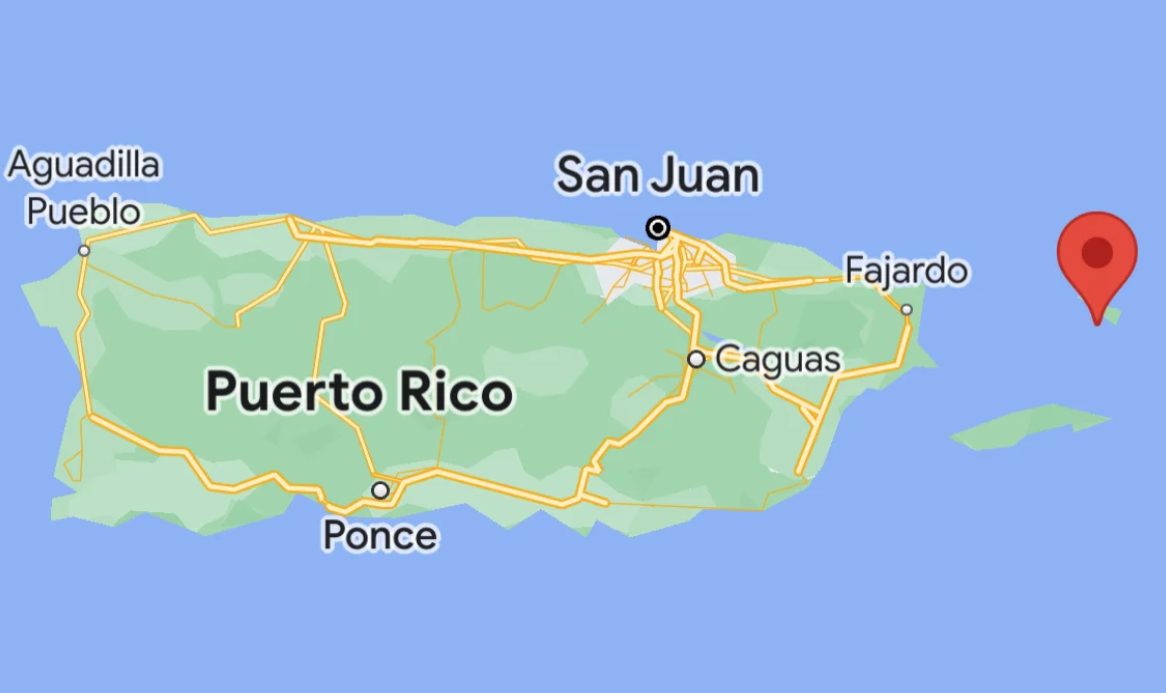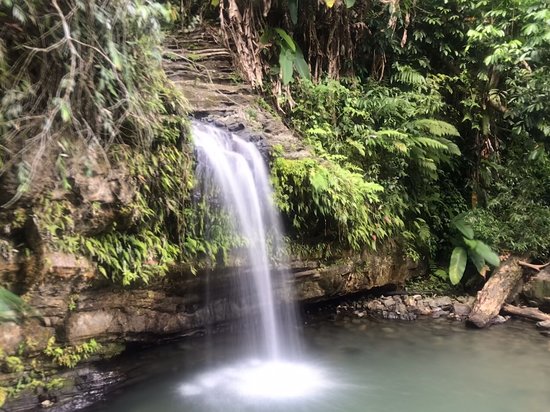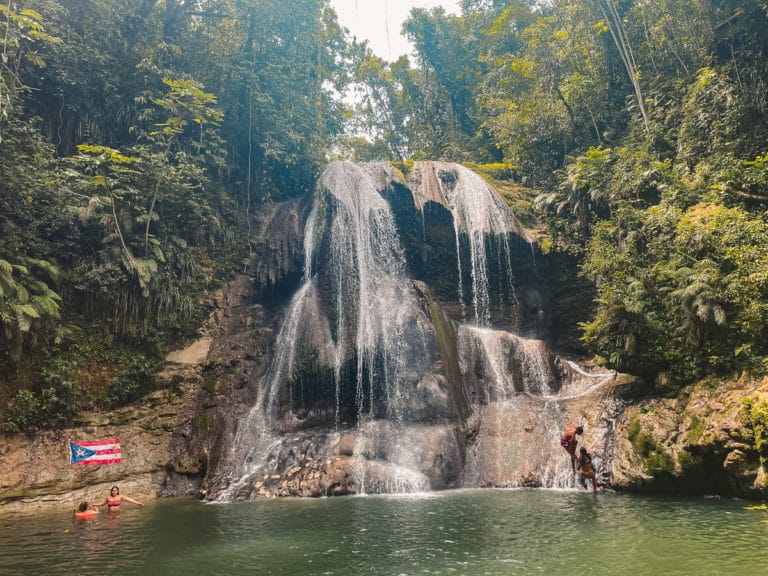Visitors enjoying Crash Boat Beach in Aguadilla often fall in love with its lively vibe, colorful pier, and incredible sunsets. But beyond the west coast, Puerto Rico offers another island adventure worth experiencing—Culebra Island. Famous for its untouched beaches and world-class snorkeling, Culebra Island is a smaller, quieter escape that contrasts beautifully with Crash Boat’s festive energy. Whether you’re on a family trip, a couple’s getaway, or an island-hopping adventure, Culebra Island delivers a unique side of Puerto Rico’s beauty. This guide covers everything you need to know about visiting Culebra, including transportation, costs, attractions, and insider tips.
Getting to Culebra Island
If you’re based in San Juan near Escambrón, you have two primary ways to get to Culebra Island: by ferry or by plane. To catch the ferry, you’ll need to travel about 1 hour east to Ceiba, where the ferry terminal is located. From there, the ferry ride to Culebra Island takes around 45 minutes. Tickets are very affordable—about $2.25 for Puerto Rico residents and $11.25 for non-residents, each way. Children, seniors, and residents often qualify for reduced fares. Tickets are managed by the Puerto Rico Maritime Transport Authority (ATM) and can be purchased online in advance or at the terminal. However, availability is limited, especially on weekends and holidays, so advance booking is strongly recommended.
Boarding early is key, as seating is first-come, first-served, and lines can be long. The ride itself is scenic, but seas may be choppy, so motion sickness medication is helpful for sensitive travelers.
The second option is flying. Small commuter planes depart daily from San Juan International Airport (SJU), Isla Grande Airport (SIG), and Ceiba Airport (RVR) directly to Culebra’s Benjamin Rivera Noriega Airport. Flight times range from 15 minutes (from Ceiba) to about 30 minutes (from San Juan). Tickets generally cost between $70–$120 one way, depending on the carrier, time of year, and how far in advance you book. Airlines such as Vieques Air Link and Air Flamenco operate these routes and allow online reservations. Flights are more expensive than the ferry but save time, avoid long lines, and provide incredible aerial views of Puerto Rico’s coastline and surrounding islands.
Both options are reliable, but choosing between them depends on your priorities: affordability and local experience (ferry) versus speed and comfort (plane).
Top Attractions
Culebra Island may be small, but it offers some of the most beautiful landscapes in the Caribbean. Highlights include:
Flamenco Beach
Widely regarded as one of the world’s top beaches, Flamenco Beach is a must-visit. Its crescent-shaped shoreline, white sand, and calm turquoise waters make it perfect for swimming and snorkeling. The beach also has food kiosks, restrooms, and equipment rentals, making it both stunning and practical for families.
Tamarindo Beach
Tamarindo is famous for sea turtle sightings. Snorkeling here often rewards visitors with glimpses of green sea turtles and stingrays gliding over seagrass beds. The water is clear and calm, making it an excellent spot for beginners and experienced snorkelers alike.
Zoni Beach
If you’re seeking seclusion, Zoni Beach is the answer. Less crowded than Flamenco, it’s an ideal place for long walks, photography, and soaking in the natural beauty of Culebra Island. During nesting season, leatherback turtles return here to lay their eggs, offering a unique wildlife experience.
Culebra National Wildlife Refuge
Much of the island is protected as part of the Culebra National Wildlife Refuge, which covers surrounding cays and offshore areas. Birdwatchers can spot species like boobies and frigatebirds, while hikers can enjoy scenic trails and discover hidden beaches.
Things to Do
Beyond lounging on beaches, Culebra Island offers plenty of outdoor adventures:
- Snorkeling and Diving: Explore coral reefs, turtles, and even historic shipwrecks.
- Kayaking: Paddle in calm waters or out to nearby cays like Luis Peña.
- Boat Tours: Charter trips take you to remote beaches accessible only by water.
- Hiking: Trails in the wildlife refuge provide panoramic views and peaceful exploration.
- Relaxing: Simply enjoy the island’s slower pace with a hammock, a book, and an ocean breeze.
Where to Stay
Culebra’s accommodations are small-scale, offering a different vibe than San Juan. Instead of large resorts, you’ll find boutique guesthouses, vacation rentals, and family-run inns. Options are available in Dewey, the island’s main town, as well as near Flamenco Beach. For a unique experience, camping is available at Flamenco with permits, allowing visitors to sleep just steps from the ocean.
Because lodging is limited, it’s best to book well in advance, especially during winter and holiday seasons.
Where to Eat
Food in Culebra Island reflects its laid-back charm. While you won’t find high-end restaurants, you’ll enjoy plenty of authentic, casual spots. Popular picks include:
- Dinghy Dock: Known for seafood dishes and its waterfront setting.
- Zaco’s Tacos: A fun spot offering creative tacos and cold drinks.
- Flamenco Kiosks: Convenient for quick bites like alcapurrias, bacalaítos, and piña coladas between swims.
Most dining spots are family-friendly and casual, perfect for relaxing after a day in the sun.
Getting Around
While small, Culebra Island requires some form of transportation to explore beyond Dewey. Jeep and golf cart rentals are the most popular and allow easy access to beaches and trails. Bicycles are also available, but be prepared for hilly terrain. Taxis exist but aren’t ideal for full-day sightseeing.
Travel Tips
- Book Early: Ferry tickets, flights, and accommodations sell out quickly.
- Pack Essentials: Bring reef-safe sunscreen, cash, and snorkeling gear if possible.
- Respect Nature: Protect coral reefs and wildlife by following eco-friendly practices.
- Embrace the Pace: Culebra Island is slower and quieter than San Juan—perfect for unwinding.
Final Thoughts
If Crash Boat Beach is known for its vibrant social energy, colorful pier dives, and lively weekend crowds, then Culebra Island offers the perfect counterbalance: quiet beaches, sea turtles, and a peaceful rhythm of life. Experiencing both showcases Puerto Rico’s diversity—from Aguadilla’s west coast fun to Culebra Island’s Caribbean calm. Together, they create an unforgettable island-hopping adventure that combines energy, relaxation, and natural beauty.



